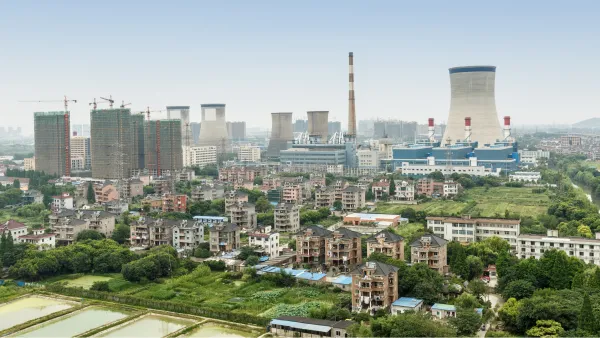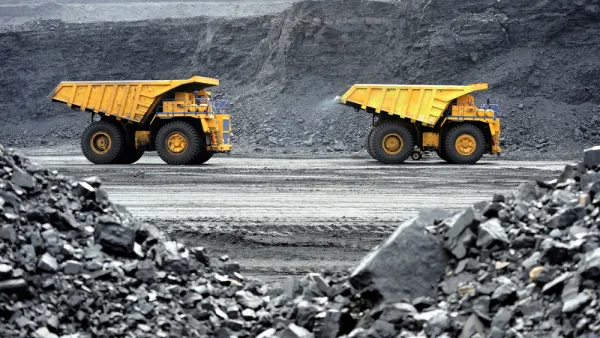In this Sunday Review editorial, The New York Times applauds China's announcement that it will ban coal burning in the Beijing region by 2020, but warns that some solutions to air pollution will exacerbate climate change.
China is by far the world's largest coal consumer. Last year it "consume(d) nearly as much coal as the rest of the world combined," reported NRDC's Alvin Lin in May, 2013. Thus, The New York Times editors were heartened to learn "that the government would ban the use of coal in Beijing and other urban areas by 2020 in an effort to reduce the noxious air pollution that chokes many cities." Not only will the prohibition be good for Beijing air breathers but for the warming planet as well.
"Motor vehicles, coal burning, industrial production and dust account for 31.1 percent, 22.4 percent, 18.1 percent and 14.3 percent of Beijing's PM 2.5 respectively. These airborne particles smaller than 2.5 microns in diameter are blamed for Beijing's smog," according to Xinhua.
However, the solution—burning more natural gas, has its own perils, warns The Times, because of a "particularly misguided plan (that) would involve building 50 large industrial facilities in western China to convert coal into synthetic natural gas." [Also see a description of the plan in a Quartz post here].
"It’s thus welcome news when President Xi Jinping says that reducing pollution will be a priority for his administration," they write. "But the process of converting coal to gas would increase the country’s total carbon emissions and consume huge amounts of water in what are already arid regions."
An alternative to synthetic natural gas should be shale gas, suggest the editors, as well renewable and nuclear power.
The country can also do more to tap into shale gas in a prudent way. By some estimates, China’s shale reserves could be nearly twice as big as American reserves. China will also need to invest more in renewable energy sources and nuclear power to meet the needs of its large and increasingly urban population.
FULL STORY: China Confronts Its Coal Problem

National Parks Layoffs Will Cause Communities to Lose Billions
Thousands of essential park workers were laid off this week, just before the busy spring break season.

Retro-silient?: America’s First “Eco-burb,” The Woodlands Turns 50
A master-planned community north of Houston offers lessons on green infrastructure and resilient design, but falls short of its founder’s lofty affordability and walkability goals.

Delivering for America Plan Will Downgrade Mail Service in at Least 49.5 Percent of Zip Codes
Republican and Democrat lawmakers criticize the plan for its disproportionate negative impact on rural communities.

Test News Post 1
This is a summary

Test News Headline 46
Test for the image on the front page.

Balancing Bombs and Butterflies: How the National Guard Protects a Rare Species
The National Guard at Fort Indiantown Gap uses GIS technology and land management strategies to balance military training with conservation efforts, ensuring the survival of the rare eastern regal fritillary butterfly.
Urban Design for Planners 1: Software Tools
This six-course series explores essential urban design concepts using open source software and equips planners with the tools they need to participate fully in the urban design process.
Planning for Universal Design
Learn the tools for implementing Universal Design in planning regulations.
EMC Planning Group, Inc.
Planetizen
Planetizen
Mpact (formerly Rail~Volution)
Great Falls Development Authority, Inc.
HUDs Office of Policy Development and Research
NYU Wagner Graduate School of Public Service




























